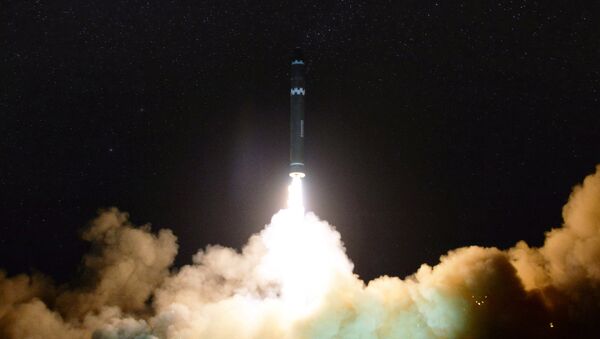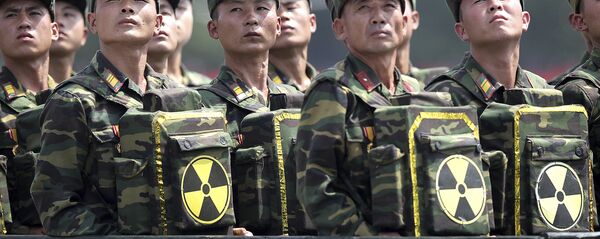Flight 893 was en route from San Francisco to Hong Kong when crew members witnessed what they believe to be the North Korean intercontinental ballistic missile reentering the Earth's atmosphere.
"The flight crew of CX893 reported a sighting of what is suspected to be the re-entry of the recent DPRK test missile," an airline spokesman said. "Though the flight was far from the event location, the crew advised Japan [air traffic control] according to procedures."
According to Mark Hoey, Cathay Pacific's general manager of operations, the message from the passenger plane crew to the staff on ground was: "Be advised, we witnessed the DPRK missile blow up and fall apart near our current location," the South China Morning Post reported.
Another Cathay Pacific cargo plane — CX096, bound for Alaska — may have been a lateral distance of only a few hundred meters from the missile, as it was also flying over Japan, Hoey added.
Despite the close proximity to these tests, Cathay Pacific is not planning on changing its routes any time soon.
Even though the analysts agree that the latest test reveals that North Korea has improved its potential range, they also claim that they likely used a light dummy warhead, the Manila Times reported. A missile carrying a significantly heavier nuclear warhead would most likely not have been able to travel as far. In addition, analysts are skeptical that Pyongyang has mastered the technology needed to shield the warhead from extreme temperatures and stresses as the missile barrels back to Earth.
On Monday, Tokyo's parliament labeled North Korea's weapons program an "imminent threat."
Washington has repeatedly called for China, North Korea's only ally, to help curb Pyongyang's nuclearization. On Monday, China's foreign ministry requested that all sides "do more to ease the tension and avoid provoking each other."




